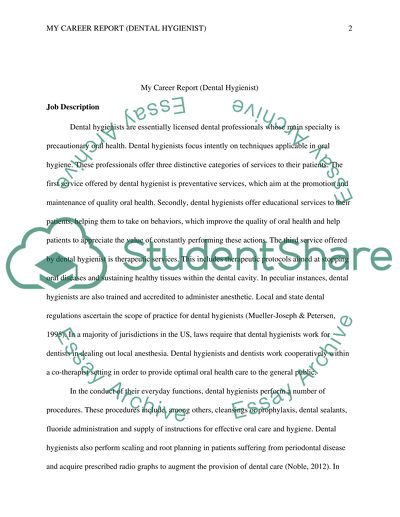Cite this document
(“My career Report ( Dental Hygienist ) Research Paper”, n.d.)
Retrieved from https://studentshare.org/health-sciences-medicine/1470007-my-career-report-dental-hygienist-
Retrieved from https://studentshare.org/health-sciences-medicine/1470007-my-career-report-dental-hygienist-
(My Career Report ( Dental Hygienist ) Research Paper)
https://studentshare.org/health-sciences-medicine/1470007-my-career-report-dental-hygienist-.
https://studentshare.org/health-sciences-medicine/1470007-my-career-report-dental-hygienist-.
“My Career Report ( Dental Hygienist ) Research Paper”, n.d. https://studentshare.org/health-sciences-medicine/1470007-my-career-report-dental-hygienist-.


